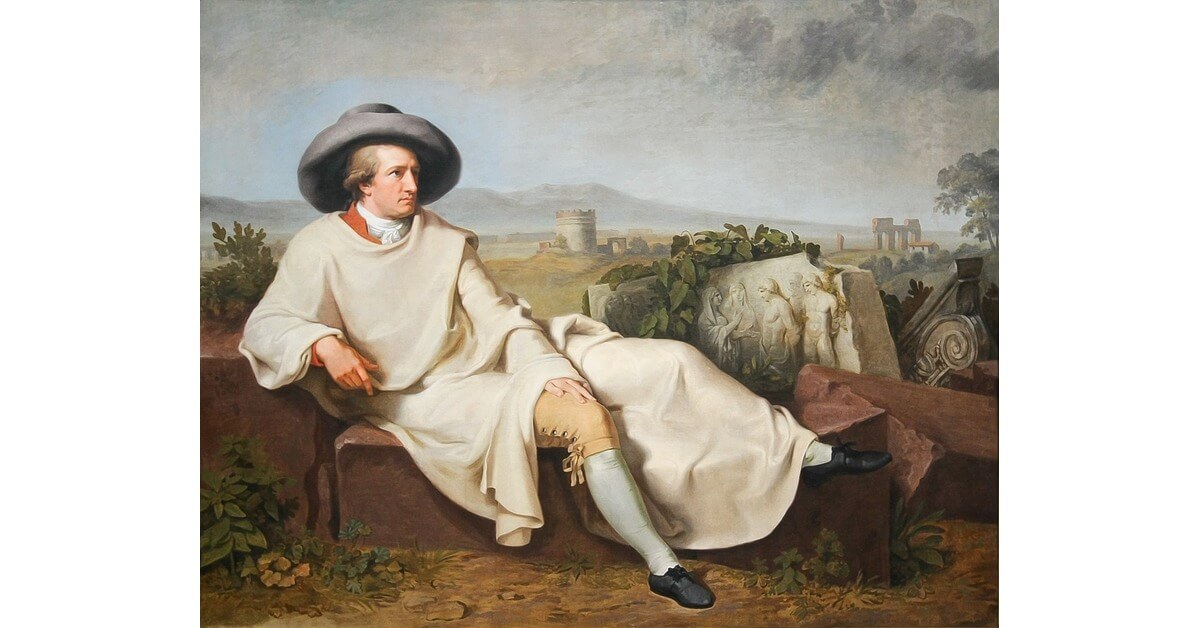The 1555 portrait of Heinrich Servais, an iconic example of Renaissance portraiture, is a significant piece of art history that captures both the period’s stylistic evolution and the time’s socio-political context. Heinrich Servais, a member of the noble class, is immortalized in a painting that reflects the aesthetics and cultural values of mid-16th century Europe. The portrait is a testament to the sophistication and artistry that flourished during this golden age of European history.
Who Was Heinrich Servais?
Heinrich Servais was a prominent figure in the mid-1500s, likely belonging to a family of wealth and influence. The 16th century was marked by political upheaval and the rise of wealthy bourgeoisie and aristocracy, who often commissioned portraits to reflect their social standing and power. The desire to be immortalized in such portraits was not just about personal vanity but also about creating a lasting legacy.
Little is known about the exact personal details of Servais, but his portrait provides vital clues to his status and importance in society. His attire, composed of rich fabrics, embroidered details, and carefully chosen accessories, indicates his affluence and connection to the noble or ruling class. The painting, created in 1555, encapsulates the pride and identity of Heinrich Servais, making it a valuable piece for art historians and scholars of Renaissance society.
Artistic Characteristics of the 1555 Portrait
The Renaissance was a transformative period in European art, focusing on realism, human emotion, and the perfection of form. Portraits of this era are notable for their detailed representation of the subject’s physical features and personality traits. The 1555 portrait of Heinrich Servais is no exception, as it masterfully combines the sitter’s individual character with the stylistic elements that defined Renaissance art.
Detailed Realism and Proportion
One of the hallmarks of Renaissance art is the precise attention to detail, and this portrait exemplifies that principle. The artist, though anonymous, demonstrated remarkable skill in capturing Servais’s facial features and proportions. Every wrinkle, hair strand, and nuance of expression is painstakingly rendered, creating a lifelike image that transcends the canvas.
Servais’ face is particularly expressive, with a contemplative and serene expression. The artist’s use of light and shadow plays a vital role in shaping his facial features, highlighting the high cheekbones, soft eyes, and stubborn mouth that convey the dignity and intelligence of the subject. His eyes, depicted in meticulous detail, provide a window into his character, suggesting a man of both thoughtfulness and strength.
Clothing and Symbolism
Heinrich Servais is depicted in luxurious attire, symbolizing his societal status. His rich garments, likely composed of velvet or brocade, are embellished with intricate embroidery, signifying his wealth. The use of dark, muted colors, standard in portraits of the period, allows the intricate details of the clothing to stand out while also providing an air of solemnity.
Jewelry and accessories also play a symbolic role in the painting. Servais is shown wearing a chain, possibly a symbol of his office or rank, indicating his high social standing. Additionally, particular objects in the painting, such as a sword or a book, may have been included to represent Servais’ intellectual and military achievements.
The background, often a crucial aspect of Renaissance portraits, is kept minimal, with soft tones that allow the figure of Servais to dominate the composition. This focus on the individual is typical of the Renaissance shift toward humanism, which emphasized the importance of the individual and their potential.
Use of Color and Lighting
The 1555 portrait of Heinrich Servais showcases the Renaissance mastery of color and lighting. The artist’s choice of a limited color palette, dominated by earth tones and shades of black and brown, gives the portrait a sense of gravitas. The subtle use of red in his attire hints at nobility and power, as red was often associated with wealth and influence during the Renaissance.
Lighting plays a crucial role in defining the form and depth of the portrait. A soft, natural light emanates from the left side of the painting, casting delicate shadows across Servais’ face and clothing. This use of chiaroscuro, or the contrast between light and dark, enhances the three-dimensionality of the figure, bringing Heinrich Servais to life.
The Cultural Significance of Portraiture in the Renaissance
Portraits from the Renaissance were more than just simple depictions of individuals; they were cultural symbols. In this case, the 1555 portrait of Heinrich Servais reflects broader trends in Renaissance portraiture, where artists were tasked with capturing not just the physical likeness of their subjects but also their social, political, and intellectual stature.
The wealthy elite often commissioned Renaissance portraiture to assert their power and societal position. These portraits would be displayed in homes, palaces, and public spaces as visual reminders of the subject’s influence and legacy. In this sense, the portrait of Heinrich Servais can be seen as both a personal and political statement, carefully crafted to convey his significance to future generations.
Moreover, portraits like this one played a crucial role in the spread of Renaissance ideas across Europe. As wealthy patrons commissioned works from renowned artists, they contributed to the flourishing of the arts, helping to establish the artistic and cultural dominance of Renaissance Italy, France, and the Low Countries. This portrait is part of that broader movement, encapsulating the ideals of individualism, humanism, and the pursuit of beauty that defined the Renaissance.
Conclusion: The Legacy of the 1555 Portrait of Heinrich Servais
The 1555 portrait of Heinrich Servais remains an essential artifact of the Renaissance. It offers a glimpse into the life and legacy of a nobleman who lived during a transformative period in European history. The combination of artistic mastery, attention to detail, and cultural significance make this portrait valuable for art historians and lovers of Renaissance art. The Ultimate Guide to make1m.com Luxury Watches
